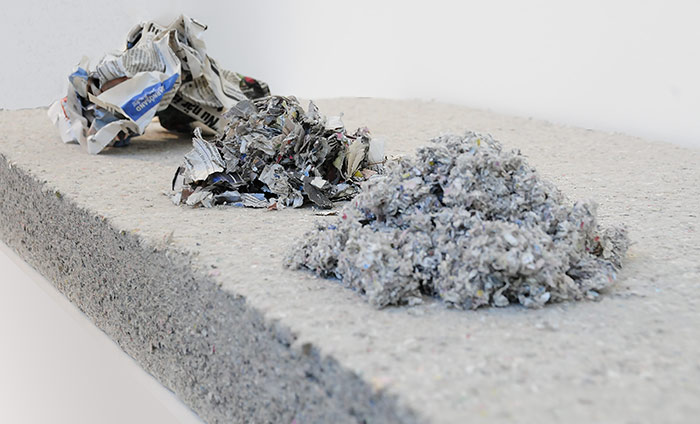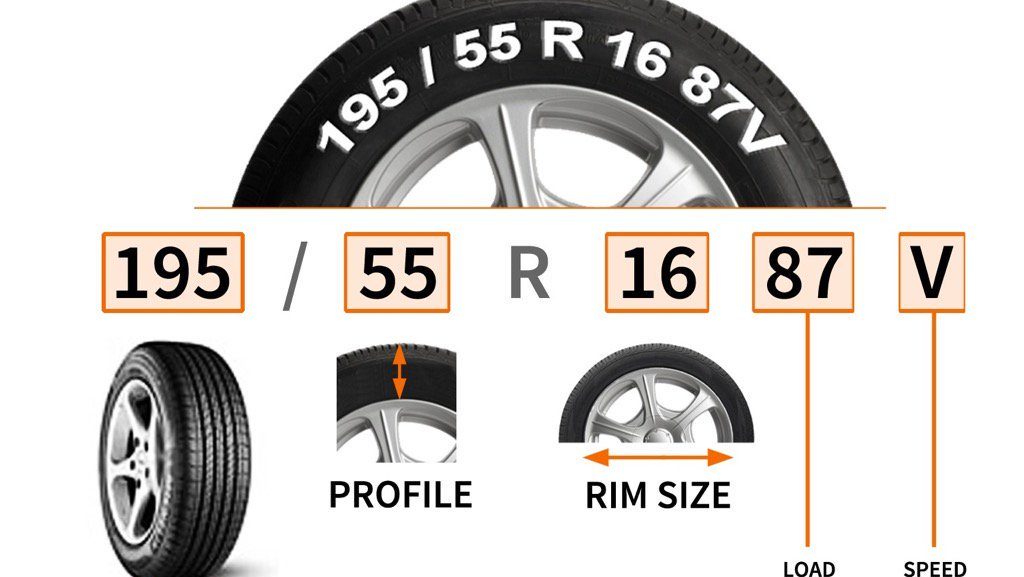Protection against the fire
The cellulose is 92 percent recycled newsprint; it is made by grinding newsprint produced as surplus production of daily runs. After going through some cutting and defibering processes, leaving the pages of the newspapers reduced to thin strips of paper, these are mixed with boric salts, providing the material with the characteristics of fireproof, insecticide and fungicide.
One of the great myths of cellulose insulation is that when manufactured with recycled newspaper, this insulating material does not behave correctly in case of fire. The truth is that insulation with cellulose perfectly protects our house against fire because although its manufacture uses newspaper, it is also added boron salts that get the final result we offer a thermal insulation material that prevents the spread of the fire, without generating toxic gases and reaching temperatures of up to 1500 degrees.
We make it clear; therefore, that cellulose as insulation does not burn, does not produce fumes, and does not produce flammable drops
You have to make an observation, however.
- In thicknesses less than 100 mm , the installed cellulose has a classification with respect to the fire of Euro class E (it only resists a brief attack of flames)
- In thicknesses equal to or greater than 100 mm, its fire rating is B-s2, d0 (that is, it can withstand a prolonged flame attack, has little smoke opacity and no drops). This can be considered an excellent behavior against fire, which is equivalent to good behavior in case of fire.
Classification to cellulose fire
Normative
To know how to classify a material in front of the fire, not only the cellulose, it is necessary to attend to a series of norms, European, and national.
To know how to classify a material in front of the fire, not only the cellulose, it is necessary to attend to a series of norms, European, and national.
In the European countries, it is necessary to attend the UNE-EN 13501-1: 2002. In the national ones, in Spain, to the Technical Building Code (CTE). This, among other rules.
The CTE establishes the requirements that buildings must comply with in relation to the basic safety and habitability requirements established in the LOE (Law 38/1999 of November 5, on Building Regulation). Let’s say that it brings together the main set of regulations that regulate the construction of buildings in Spain since 2006.
Well, in its SI6 section, the CTE establishes the requirements that the structure of a building must meet in terms of resistance to fire
And the UNE -EN 13501-1: 2002, establishes the Euro class for wall and roof coverings , which is defined by three parameters: a first letter (A1, A2, B, C, D, E and F) shows the reaction to fire of a material in terms of flammability, flame development, rate of heat transfer. The second parameter is the indicative of the degree of opacity of fumes (s1, s2, and s3) and another third indicator is that of the nature of the drops or detached particles (d0, d1, and d2).
Thus, the Euro class reaction to the fire of a material gives us ample information. It details the contribution to the expansion of fire in a fire of a concrete material, and so they exist from materials with very little or no contribution, to those that are easily flammable, and generate a certain amount of fumes and can give off or not, drops or particles
Cellulose in thicknesses equal to or greater than 100 mm: bs2d0
It turns out that, as we have said, cellulose, in thicknesses equal to or greater than 100 mm, has a fire rating of B-s2, d0.
This means that cellulose has a good reaction to fire (close to non-flammability), a moderate emission of smoke and does not give off droplets or persistent inflamed particles.
More specifically:
Letter B: Resists a prologue attack of small flames and an individual object burning both with limitation of flame propagation
Letter S2: Light opacity
Letter d0: There are no drops in 10 minutes.
Cellulose in thicknesses less than 100 mm
Below 100 mm thickness, installed cellulose is rated relative to fire Euro class E.
Class E, the letter E, implies that the material, cellulose in this case, resists a brief attack of small flames with limitation of the propagation of flame
According to the Technical Building Code
In the Technical Building Code, the Euro classes are called classes, and are the following: M0, M1, M2, M3, and M4, which indicate the relative magnitude with which the corresponding materials may favor the development of a fire.
They mean the following:
- M 0: non-combustible material before the normalized thermal action of the test (glass, stone, and ceramic materials, metals, plasters, rock wool, etc.)
- M 1: combustible material but not inflammable, which implies that its combustion is not maintained when the heat supply from an external source disappears. (PVC, glass wool, DM, Formica, flame retardant varnishes, etc.)
- M 2 : material with low flammability (wood)
- M 3 : material with average flammability (wood)
- M 4 : material with high flammability















